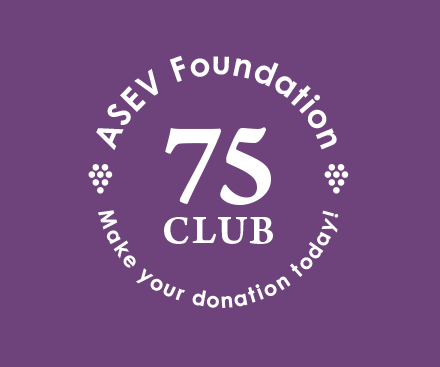Abstract
The use of sulfur dioxide (SO2) as an antimicrobial in winemaking is a well-established, common practice. Although much is known about the antimicrobial effects of SO2 at single concentrations, little is known about its effects on microbial growth dynamics across a range of concentrations or when used in conjunction with yeast inoculation. Using high-throughput marker-gene sequencing, we investigated the cumulative impacts of yeast inoculation and SO2 treatments across a broad concentration range (0 to 150 mg/L SO2) on the bacterial and fungal communities in wine fermentations. Our results indicated a dose-dependent effect of SO2, with lactic acid bacteria and Gluconobacter proliferating in fermentations with <25 mg/L SO2, but other bacteria and fungi were unaffected by the SO2 addition. Microbial profiles stabilized at concentrations ≥25 mg/L SO2, and fermentation performance decreased at higher concentrations (100 to 150 mg/L SO2). Yeast inoculation alone conferred a stabilizing effect, reducing the bacterial growth observed in unsulfited fermentations, but this effect was not additive with an increase in SO2 concentrations.
- ©2015 by the American Society for Enology and Viticulture
Sign in for ASEV members
ASEV Members, please sign in at ASEV to access the journal online.
Sign in for Institutional and Non-member Subscribers
Log in using your username and password
Pay Per Article - You may access this article (from the computer you are currently using) for 2 day for US$10.00
Regain Access - You can regain access to a recent Pay per Article purchase if your access period has not yet expired.









